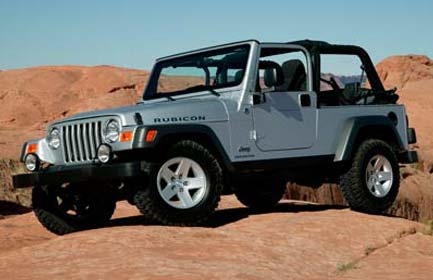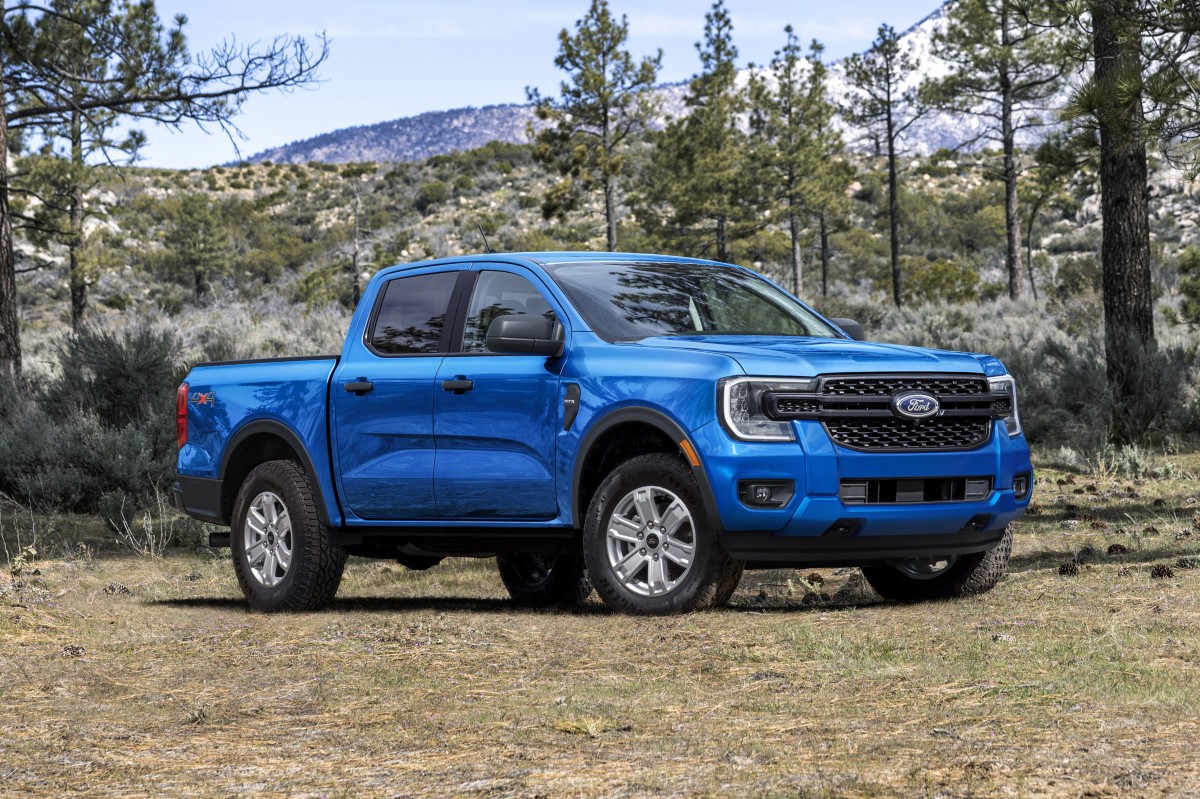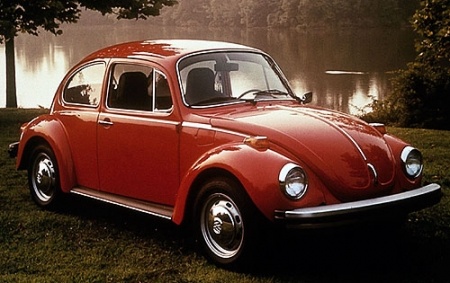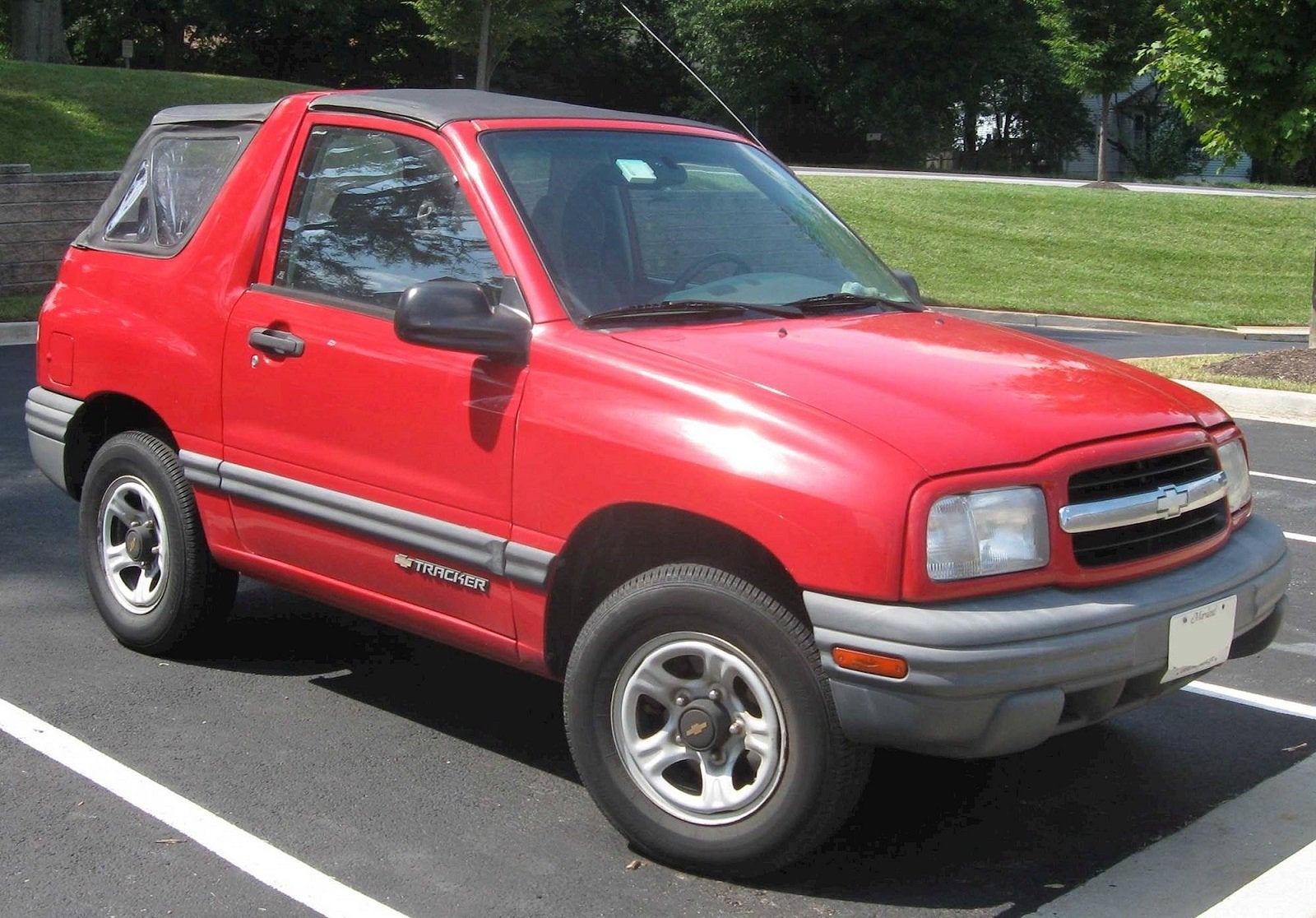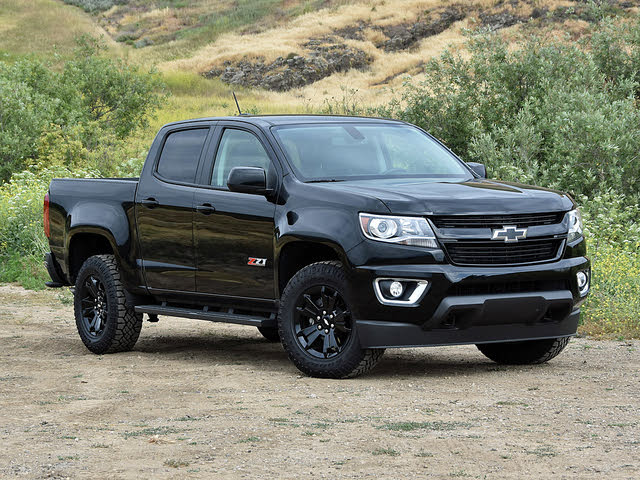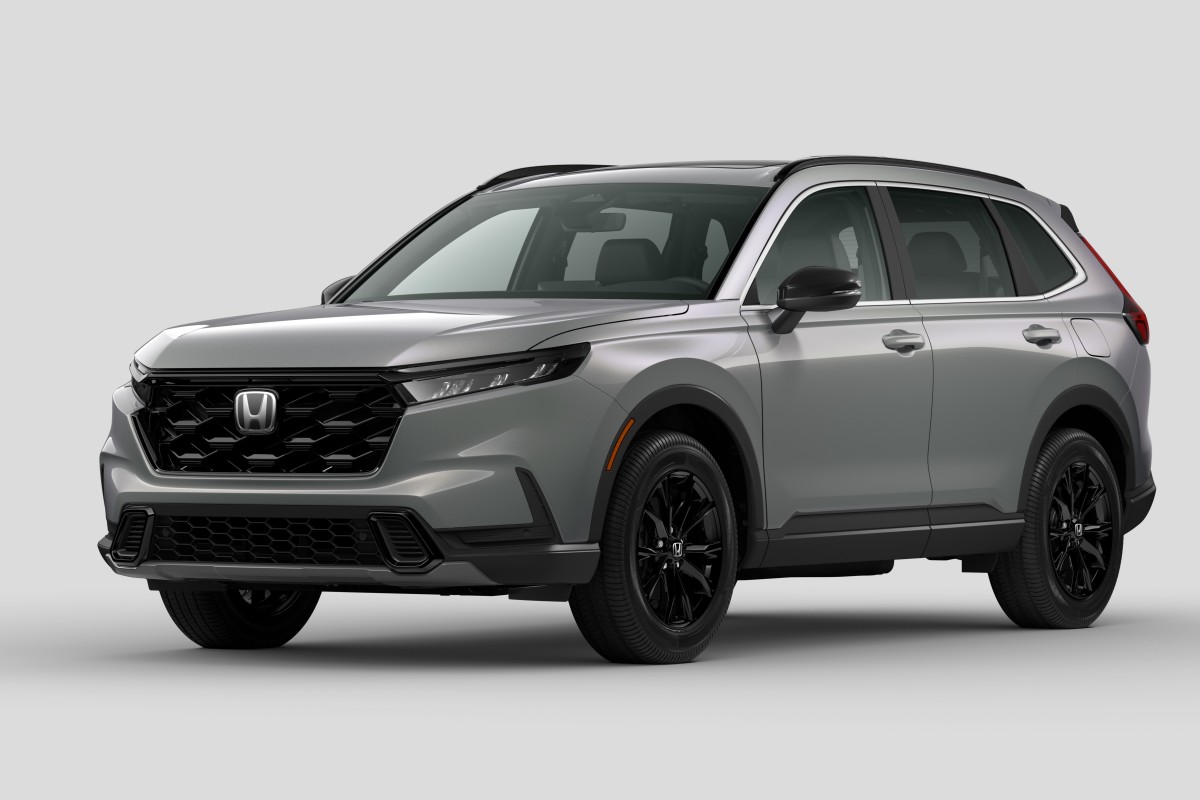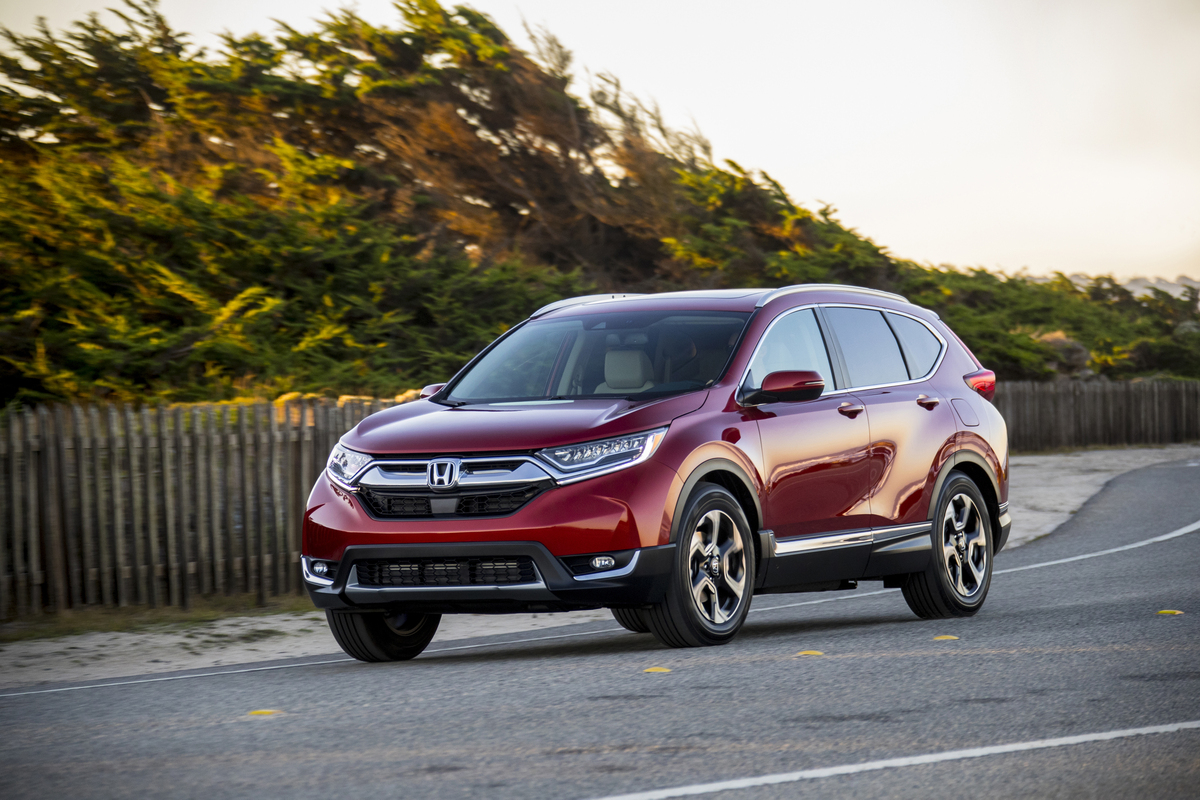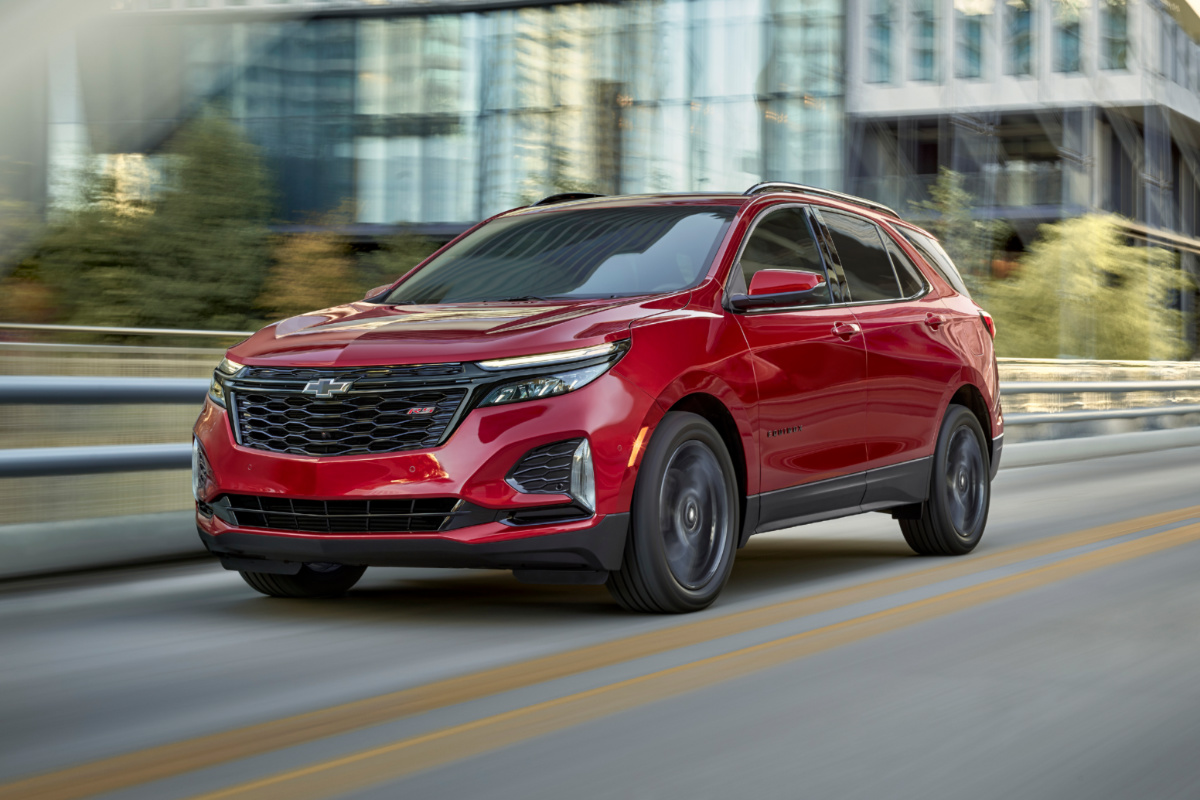Who doesn’t dig the appeal of rambling across America’s picturesque landscape at the helm of a home on wheels? Recreational vehicles, or RVs, are an easy and fun way to soak up all of the splendor that this fine country has to offer. However, once your motorhome is anchored up to your destination, it can be a bit tough to then schlepp around the area. This is where "flat-towing" or "dinghy towing” come into play: Connecting a smaller vehicle using a tow bar, all four wheels down on the ground. Quite literally: A flat-tow behind any mighty RV.
However, there are few new cars nowadays that are fit for such duty. In the past, recreation vehicle owner publications recommended models that have since replaced their conventional automatic transmission with a continuously variable transmission (CVT), or four-wheel-drive (4WD) or all-wheel-drive (AWD) vehicles that no longer have a Neutral position on the transfer case. Models like the Chevy Spark, Honda CR-V, and the Toyota Tacoma used to be great for it, but are either no longer available, or able to in their current spec.
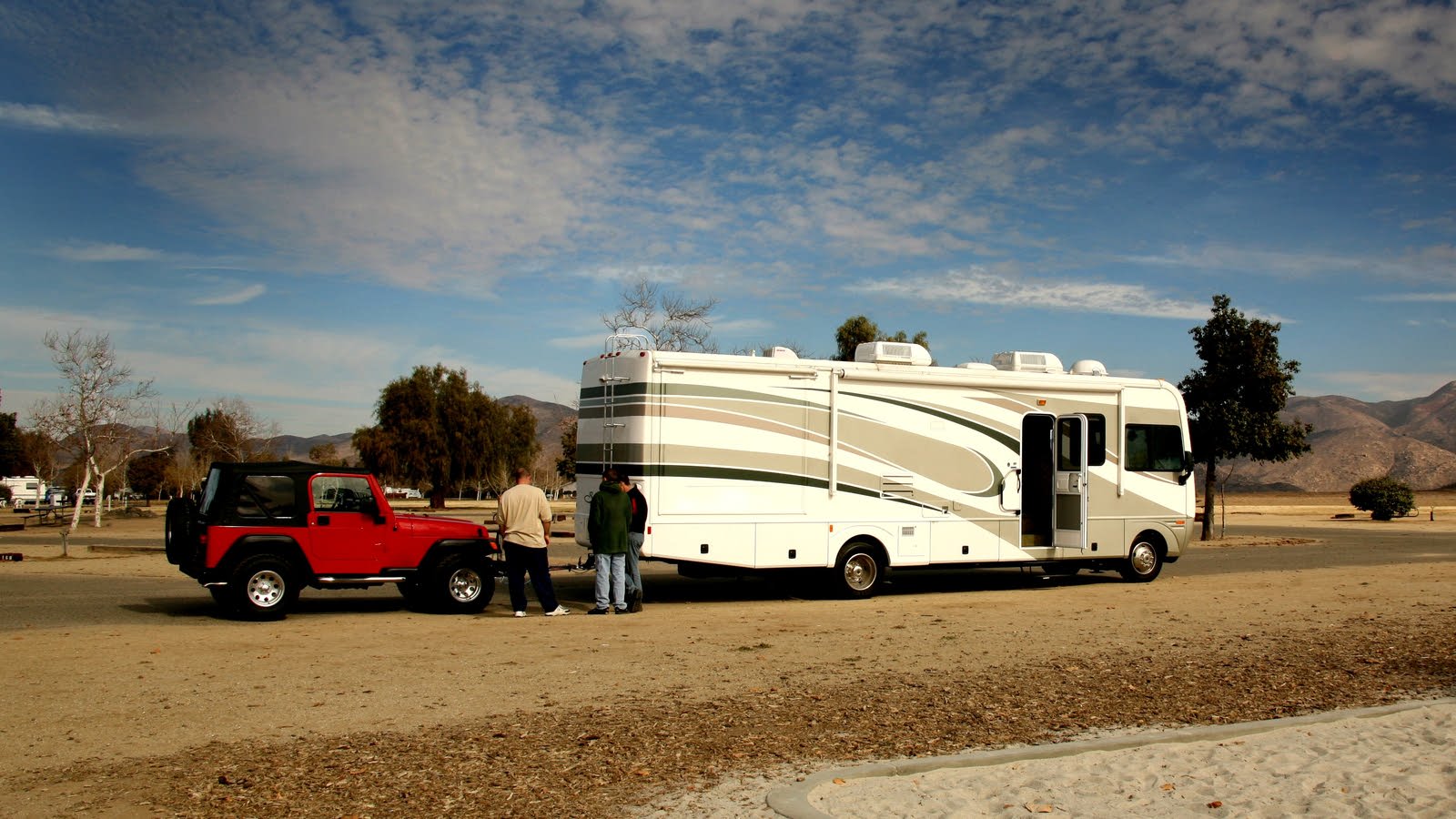
Vehicles can be flat-towed if they possess specific features, such as a Neutral position on the gearbox and transfer case. Even then, flat towing may be prohibited by the vehicle's manufacturer for any number of reasons. You could look for either a front-wheel drive (FWD) or rear-wheel drive (RWD) car with a manual transmission, but those get harder to come by. Even if you can find such a vehicle, it may not be safe to tow behind an RV. The Mazda MX-5 Miata, for example, which is readily available with a manual transmission, prohibits any flat-towing in the owner’s manual.
To help you find the best flat-tow vehicles for RVing, we’ve come up with a few new and old models that would work great, according to their owner’s manual. We’ll leave electric vehicles (EVs) out this time, and create a separate guide for those. Let’s run through some of the best vehicles.
The Best Cars to Tow Behind an RV in 2025
- 1987–Present Jeep Wrangler
- Chevrolet Silverado/GMC Sierra
- 2012–2020 Jeep Grand Cherokee
- 1995–2014 Honda CR-V
- Dodge Durango
- Ford Ranger
- 1949–1979 Volkswagen Beetle
- 1989–2004 Geo (Chevrolet) Tracker
- Chevrolet Sonic
- 2015-2022 Chevrolet Colorado/GMC Canyon
1987–Present Jeep Wrangler
Best for: Off-road adventurers
Priced from: $7,000
There is no more popular vehicle to tow behind an RV than a Jeep Wrangler, and there are many reasons for that. First, they’ve been around long enough that you can buy one in any price range. Looking for something cheap? You can buy a nice TJ-era Wrangler (1996 to 2006) with 150,000 miles in the $7,000 range, and sometimes even less. Got your kids’ college money to burn? A 2025 Jeep Wrangler Rubicon will get you anywhere you’d possibly want to go in style.
Another huge advantage with the Wrangler is the considerable aftermarket. There’s nothing that you can't upgrade, improve, or add to with a Wrangler, either from the aftermarket on older models or through the Mopar catalog on newer versions. From rooftop racks to lift kits, the Wrangler is a blank canvas for your creativity. The bigger Gladiator, or even Ford Bronco could also be a good option, though the Wrangler has it beat curb weight-wise.
Finally, the Wrangler's drivetrain is particularly suited to flat towing. No matter which Wrangler you choose, whether it has the part-time or the Selec-Trac full-time 4WD transfer case, they all have a Neutral position that allows all four wheels to spin freely as you tow it behind your rig.
Chevrolet Silverado/GMC Sierra
Best for: Class A motorhomes
Priced from: $38,000 as new
You’re not going to want to tow a Chevrolet Silverado or a GMC Sierra behind your Sprinter-based RV, but if you’re driving a Class A RV—especially the rigs pushing the 45-foot limit—you have the towing capacity to haul a full-size pickup truck and hardly know it's back there. Just ensure that the RV’s braking system is in top condition. However—and this is vital—only certain Silverado and Sierra pickups can be towed behind an RV without causing damage to the truck.
The only Silverado and Sierra trucks suitable for towing behind an RV are those equipped with a two-speed transfer case and a "4WD Low" setting. Similar to the Wrangler, you want to have the transfer case lever in the Silverado or Sierra in the Neutral position.
So, what about a RWD Silverado or Sierra? According to the trucks' owner’s manual, you cannot tow a 2WD or 4WD Sierra or Silverado with a single-speed transfer case, even with the transmission in Neutral. That’s because the transmission in a 2WD doesn’t have any way to lubricate the transmission while the vehicle isn’t running, and the single-speed, full-time 4WD transfer case doesn’t have a Neutral position.
2012–2020 Jeep Grand Cherokee
Best for: Diesel RV owners
Priced from: $20,000
If you’re driving a diesel-powered Class A motorhome, it’s nice to pull into a fuel station and be able to fill up both vehicles from the same pump. Plus, diesel still offers a notable fuel mileage advantage over gas-powered versions of the same vehicle, and they generally offer better towing capacity, useful if you’re also using your towed vehicle to haul trailers when you’re not on your RV vacation.
Unfortunately, Jeep discontinued the 3.0-liter diesel from the Grand Cherokee in 2021, so you’ll be relegated to the used market. But you’ll be rewarded with an amazingly capable vehicle with an insane 785-mile range between fill-ups. When the Grand Cherokee diesel was introduced in mid-2011, we took one from Boston, Massachusetts, to Detroit, Michigan, and never stopped for fuel until we got to Michigan.
On top of all this, the Grand Cherokee is a beautifully equipped vehicle, mostly because to get the diesel engine, you're only options are Limited, Overland, and Summit trim levels. These weren’t cheap vehicles when new. The engine alone added about $4,500 to the price, but the cost difference between a used V8-powered Grand Cherokee and a diesel today is a lot closer to achieving parity.
The Jeep Grand Cherokee owner’s manual only allows recreational towing on 4WD models with a "4-LO" range, meaning that the full-time 4WD models are excluded. The owner’s manual also requires that the negative battery cable be disconnected.
1995–2014 Honda CR-V
Best for: Small families on a budget
Priced from: $4,000
For RVers, the Honda CR-V used to be a perennial favorite for several reasons. Yes, safety. Yes, practicality. But for the 2015 model year, the CR-V was facelifted, and along with the visual changes, Honda swapped the six-speed automatic transmission for a CVT. From that point forward, you could no longer flat tow a CR-V without incurring major damage to the transmission.
There are still advantages to buying a used CR-V, though. They’re a lot less expensive than a new car, and the six-speed automatic transmission is better, particularly more so than the early continuously variable transmission.
CR-Vs from this era had a very detailed procedure for flat towing that was spelled out in the owner’s manual. Deviating from this procedure could result in damage. The manual also noted that CR-Vs couldn’t be towed at speeds faster than 65 miles per hour (inconvenient in some of the states out West with a higher speed limit.) The manual also recommended that if you towed for more than 300 miles in a day that you repeat the process detailed in the manual before continuing further.
Dodge Durango
Best for: Larger families
Priced from: $34,000 as new
The Dodge Durango has never really caught on as a high-volume SUV, and that’s a shame. It’s a great vehicle, and we've used one on two separate vacations—in GT and SRT trims. Perhaps because it’s often overshadowed by the Chevy Tahoe in sales numbers?
Unfortunately, neither of those aforementioned trims were suitable for flat towing. According to a late-model Dodge Durango owner’s manual, only one driveline configuration of the three available for the Durango is suitable for flat towing. If you have a 4WD Durango with a two-speed transfer case with a Neutral position, you can safely tow it behind an RV. If you flat-tow any other Durango driveline configuration—including the RWD version—you’re going to burn up the transmission.
That means the AWD trims like the GT and the SRT are out for flat towing. Finding a Durango with a two-speed transfer case can be a challenge, since most dealer lots are going to be stocked with the AWD (as opposed to 4WD) trims.
Ford Ranger
Best for: Compact pickup buyers
Priced from: $33,000 as new
The reintroduction of the Ford Ranger in 2019 really opened up the field for midsize pickup truck fans who want the convenience of a truck, in a size that can fit comfortably in most garages. They’re stout little trucks with decent room even in the Super Cab configuration, but the most popular cab setup is the SuperCrew (crew cab) offering a full seat in the rear. The 2.3-liter, twin-turbo EcoBoost engine is fantastic, and the 10-speed automatic transmission makes use of all of the engine’s power.
The Ranger’s owner’s manual lays out the requirements for towing the truck behind an RV. While it doesn’t come right out and say it, the only Ranger models suitable for towing are those with 4WD, because the Ranger 2WD isn’t available with a manual transmission, and the automatic has to be running in order to provide lubrication to the transmission. Technically, a 2WD Ranger can be flat towed, but only at speeds up to 35 mph, and only for distances under 50 miles. If you’re mapping a trip across the country, that’s going to put a serious dent in your travel plans.
For 4WD Rangers, there’s a Neutral Tow setting in the information display menu, rather than just shifting to the Neutral position on the transfer case as you would in most vehicles.
1949–1979 Volkswagen Beetle
Best for: Vintage car enthusiasts
Priced from: $4,000
For generations, the top vehicle towed behind an RV was an air-cooled Volkswagen Beetle, and even now, there’s good reason to choose one. For a vintage car, they’re still pretty cheap. In 1971, Volkswagen introduced the Super Beetle with a MacPherson strut front suspension, and those are typically much less expensive than the older twin-torsion-beam Beetles.
They’re also super light, and a perfect dinghy behind Class B or Class C motorhomes that might not be comfortable hauling an F-150. Even a Sprinter or Ford Transit-based RV could haul an 1,850-pound Beetle, where it might struggle with a 2025 Jeep Wrangler weighing in over two tons.
There’s also still a massive aftermarket for Beetles, with everything from fuzzy dice to full engines. And within that aftermarket, there are specialists that can transform a conventional road-going Beetle into the kind of vehicle that people now call an “overlander.” Throw in the variants like the VW Thing and all the dune buggies that Volkswagen enthusiasts transformed their Beetles into and you’ve got an entire universe of the lightest vehicles available.
1989–2004 Geo (Chevrolet) Tracker
Best for: Compact SUV fans
Priced from: $2,000
The Geo Tracker was a truly multinational vehicle. It was produced by CAMI, a Canadian joint venture between General Motors (GM) and Suzuki. Introduced in late 1988 as a 1989 model, the Tracker was built in Ingersoll, Ontario, using Suzuki’s near bulletproof 1.6-liter, single-overhead-cam, four-cylinder engine. The first generation was marketed as a Geo Tracker when GM was offering that brand. The second generation came along in 1999 and was sold through Chevrolet dealers. For RVers with any interest in venturing off-road, the first-generation Tracker is probably the most suitable, since they have a truck-based recirculating-ball steering system. The second-generation Tracker has a more car-like rack-and-pinion steering system, and is less suitable for off-road use.
Regardless which Tracker you choose, they’re easily towable behind even a smaller Class B motorhome. The earliest first-generation Trackers weighed in at just over 2,200 pounds, while the later second-generation Trackers are around 2,850 to 3,000 pounds, depending on which body configuration you choose.
Chevrolet Sonic
Best for: People who aren't afraid to remove fuses
Priced from: $10,000
The discontinued Chevrolet Sonic was one of a small handful of flat-towable vehicles made in the 2020 model year that weren’t SUVs with a two-speed transfer case. You might even find one with low mileage, since the newest Sonics are just a handful of years old.
We checked the owner’s manual to learn the flat-towing procedure: Run the vehicle for five minutes at the beginning of the day, and at each RV fuel stop. That helps to circulate the transmission fluid in the Sonic before and after it’s been towed.
Once you have the vehicle safely connected to the RV, you have some work ahead of you. You have to remove the DLIS fuse from the fuse panel, which prevents power from flowing to the body control module. If you’re driving a Sonic with keyless entry, you also need to remove the BCM1 and BCM2 fuses from the interior fuse panel, and fuse #7 from the underhood fuse panel.
From there, turn the ignition on, apply the brake and shift to Neutral, and turn the ignition to the ACC position. Once you reach your destination and you’re ready to drive again, replace all the fuses you took out. Alternatively, you could utilize a tow dolly which lifts the drive wheels up off of the ground for an even easier process.
See? Easy!
2015-2022 Chevrolet Colorado/GMC Canyon
Best for: Diesel pickup owners
Priced from: $20,000
The second generation Colorado/Canyon with the available diesel engine and 4WD are two newer trucks that can be flat-towed. They’re not cheap, with used prices upwards of $20k, but if you need a pickup, want something lightly used, and must have a diesel engine, it’s basically the only thing available without hitting a much higher price tag in a brand new full-size truck.
You bump into the Colorado/Canyon’s flat-towing limitations with the driveline. You can’t flat tow a rear-drive Colorado/Canyon. It will destroy the transmission, and the original warranty, if still in effect, won't cover it. Hunt for the LT trim with 4WD, as that's the lowest trim available with the diesel.
The flat-towing process detailed in the owner’s manual is pretty concise, especially compared to the Sonic. You put the transfer case in Neutral and select the ACC position on the ignition and off you go.

